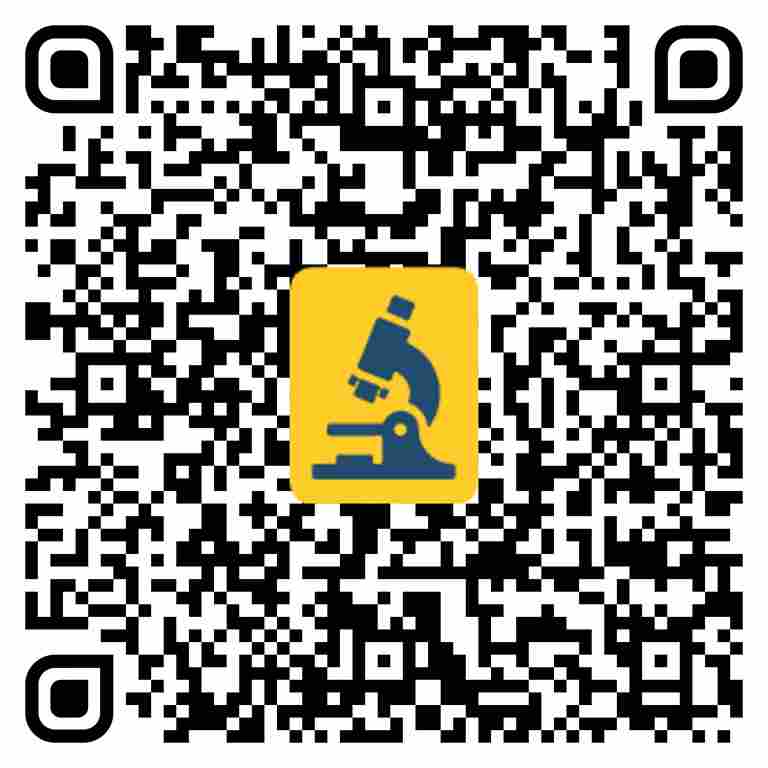HIV Viral Load

Gender for Male, Female

Report Tat
Tues, Thurs, Sat 7:30PM
HIV Consent Form Mandatory.

Sample Type
1.5 ml EDTA Plasma. Separate Plasma within 2 hrs of collection by centrifuge at 1800g for 10-12 min. Kindly ship along with Cold packs to maintain temperature of 4- 15°C
Test Overview
An HIV viral load test measures the HIV amount in your blood sample. This test gives an idea to your healthcare provider about the amount of HIV virus in your body. Doctors use this test to check the HIV status and monitor the success of HIV treatments. HIV viral load test can also be used to predict how fast HIV will progress. The test can also detect recent HIV infection in an individual with inconclusive HIV antibody tests. In these cases, your healthcare provider may ask you to undergo a subsequent positive HIV antibody test to confirm the diagnosis.

 NABL approved
NABL approved Labs
 Most Trusted by
Most Trusted by Doctors
 Accuracy &
Accuracy & timely reporting
 Widest Range
Widest Range of Tests
Test Details
Frequently asked questions
During the HIV viral load test, the technician will draw a blood sample from the vein in your arm. They will clean the puncture site with an antiseptic to avoid any infection. They will tie a band around your arm to ensure that the veins are clearly visible. A needle will be inserted into your vein, and a small blood amount will be collected into a vial or test tube. You may experience a tickling sensation when the needle is inserted. The collected blood sample will be sent to the lab for analysis.
An undetectable or negative viral load means you have a negligible amount of HIV in your bloodstream, and the test couldn't detect it. It also indicates your HIV treatment is working perfectly to protect your immune system. A low viral load means your HIV treatment is successful in stopping the virus from growing. A high viral load indicates the HIV virus is growing. A higher viral load means you're at an increased risk of diseases and infections related to a weak immune system, and your treatment is not working.
You need to undergo an HIV Viral Load Test to monitor your HIV infection and see how well your HIV treatment is working. You'll have to undergo regular viral load tests as advised by your healthcare provider to check whether your viral load is dropping. You also need this test to guide treatment decisions and stop the infection from progressing. Your first test result is compared with the rest of the test results to see if the treatment and medicines are working.














